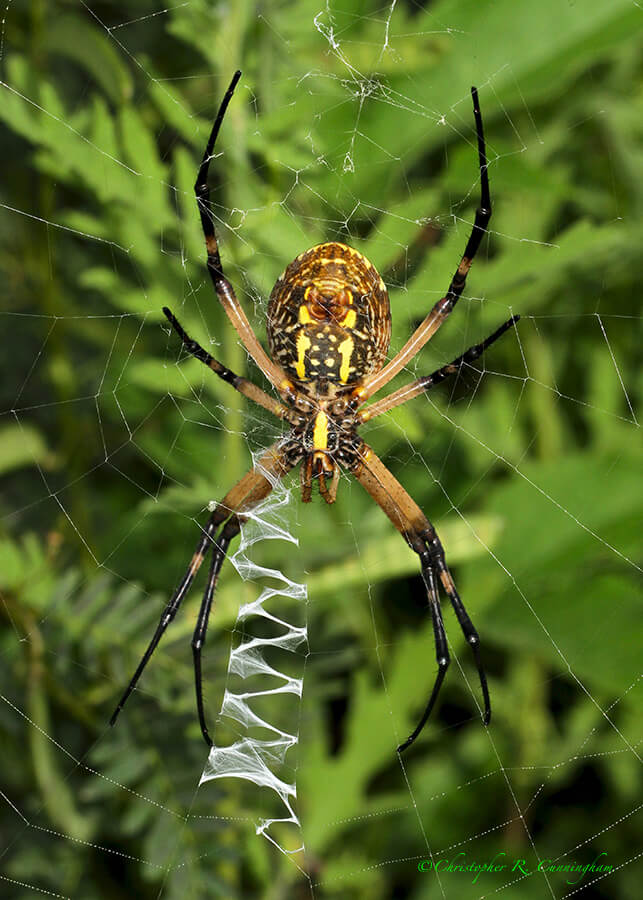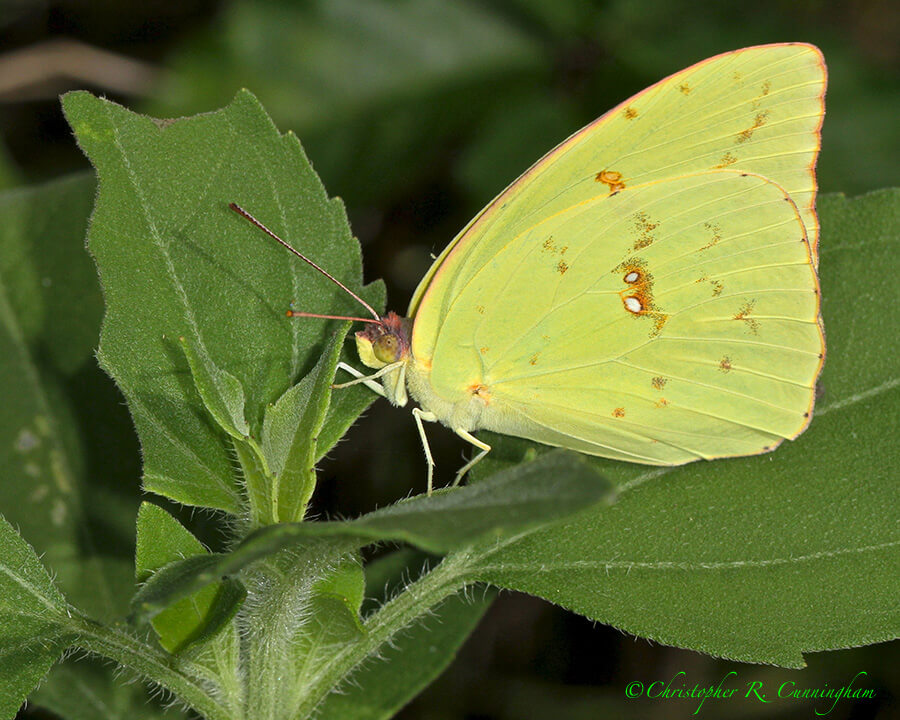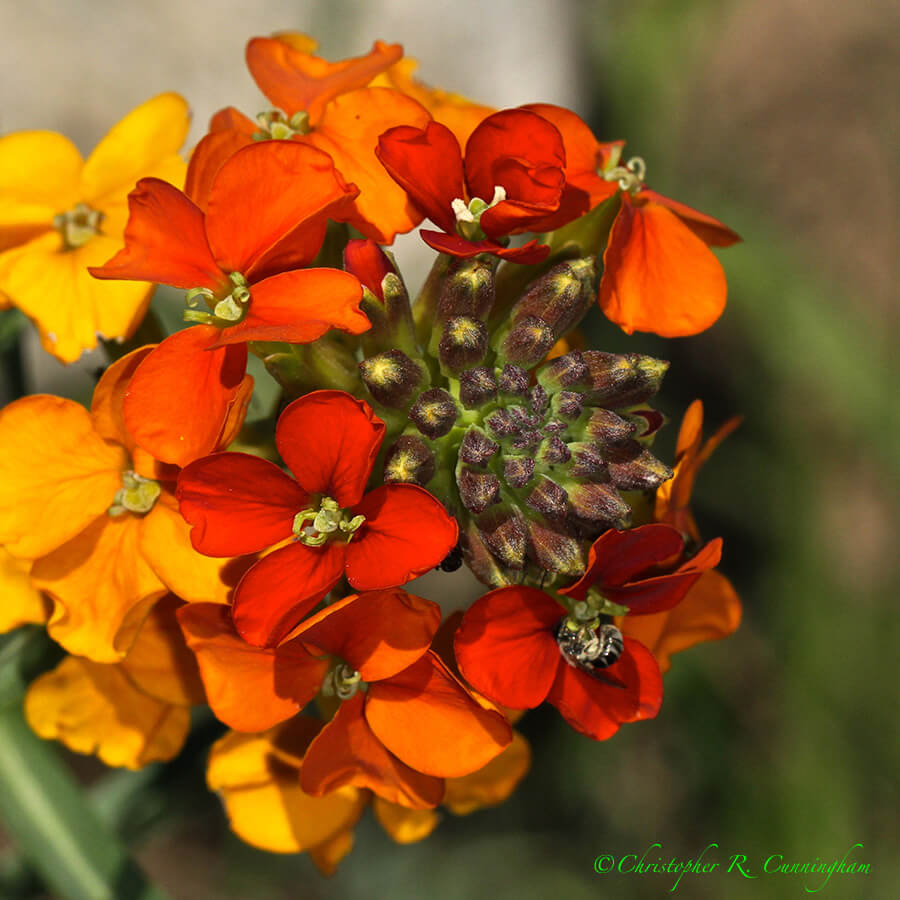He that will enjoy the brightness of sunshine, must quit the coolness of the shade.–Samuel Johnson

In the summer, especially after about 9:30 am, it’s generally way too bright to do much good photo-birding (except maybe with some fill-flash), so I like to wander off into a grassy area and take advantage of the fireball in the sky and shoot some macro. Shooting with apertures smaller than f/11 requires intense light, so rather than being an obstacle to overcome, the blistering summer sun is actually a help.

Birds of the grasslands are notoriously uncooperative photographic subjects, so I am used to coming away from prairies empty-handed as far as bird photos are concerned. Further, I have learned to be satisfied with other kinds of images from this habitat. I know that some can entertain themselves by shooting wildflowers, and I can too for a while, but I need to see an animal now and again to stay interested for more than an hour or two.
Because the majority of wildflowers are yellow or white (I think), I will often times make a special effort to track down and identify plants with blooms of different colors. Purples, oranges, and reds are my favorites because of the richness of the images they can provide. The Western Wallflower below, for example, attracted my attention from the road while driving through Rocky Mountain National Park. This plant produces a spectacular multicolored bloom to which no mere photo can really do justice.
Although we can get away from the Texas Gulf Coast for a few days now and again during the summer, the harsh reality its that we are stuck here most of the time. The Texas Gulf Coast summer is a nice mix of hurricanes, blistering sun and drought, and floods. And staying happy in the field at this time of year requires flexibility, a sense of humor, and the capacity to remain interested in a wide variety of photographic subjects—many times not including birds.

©2015 Christopher R. Cunningham. All rights reserved. No text or images may be duplicated or distributed without permission.